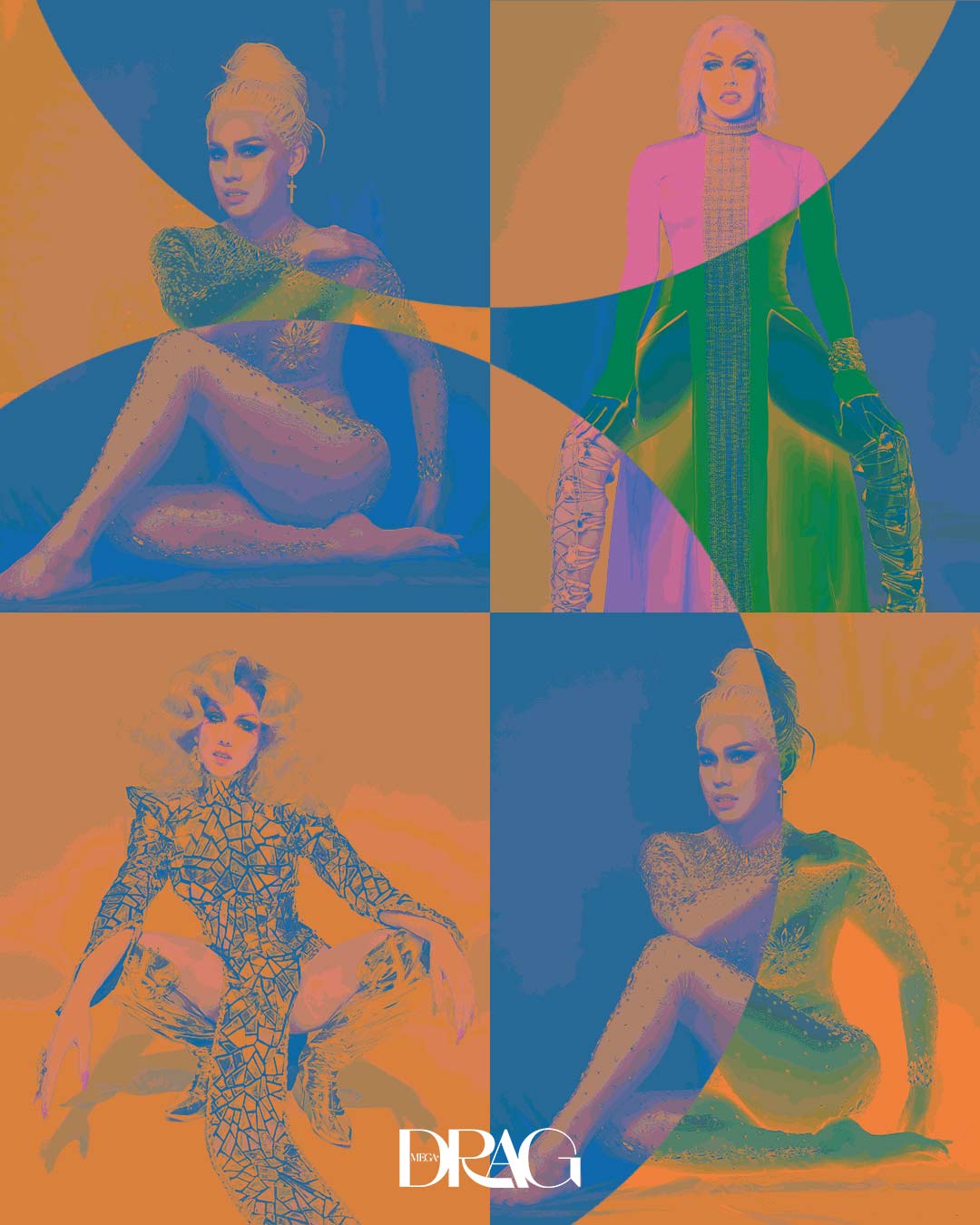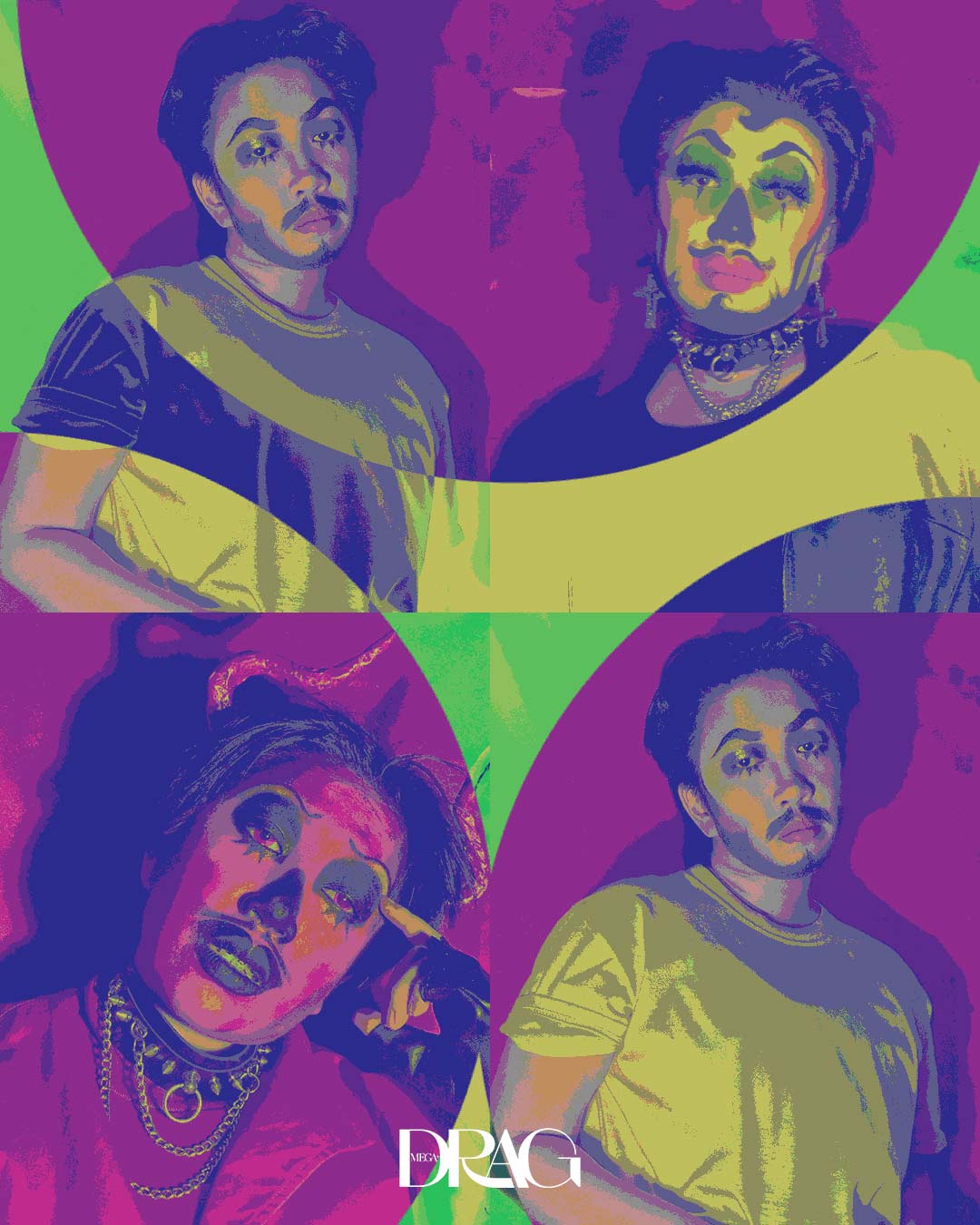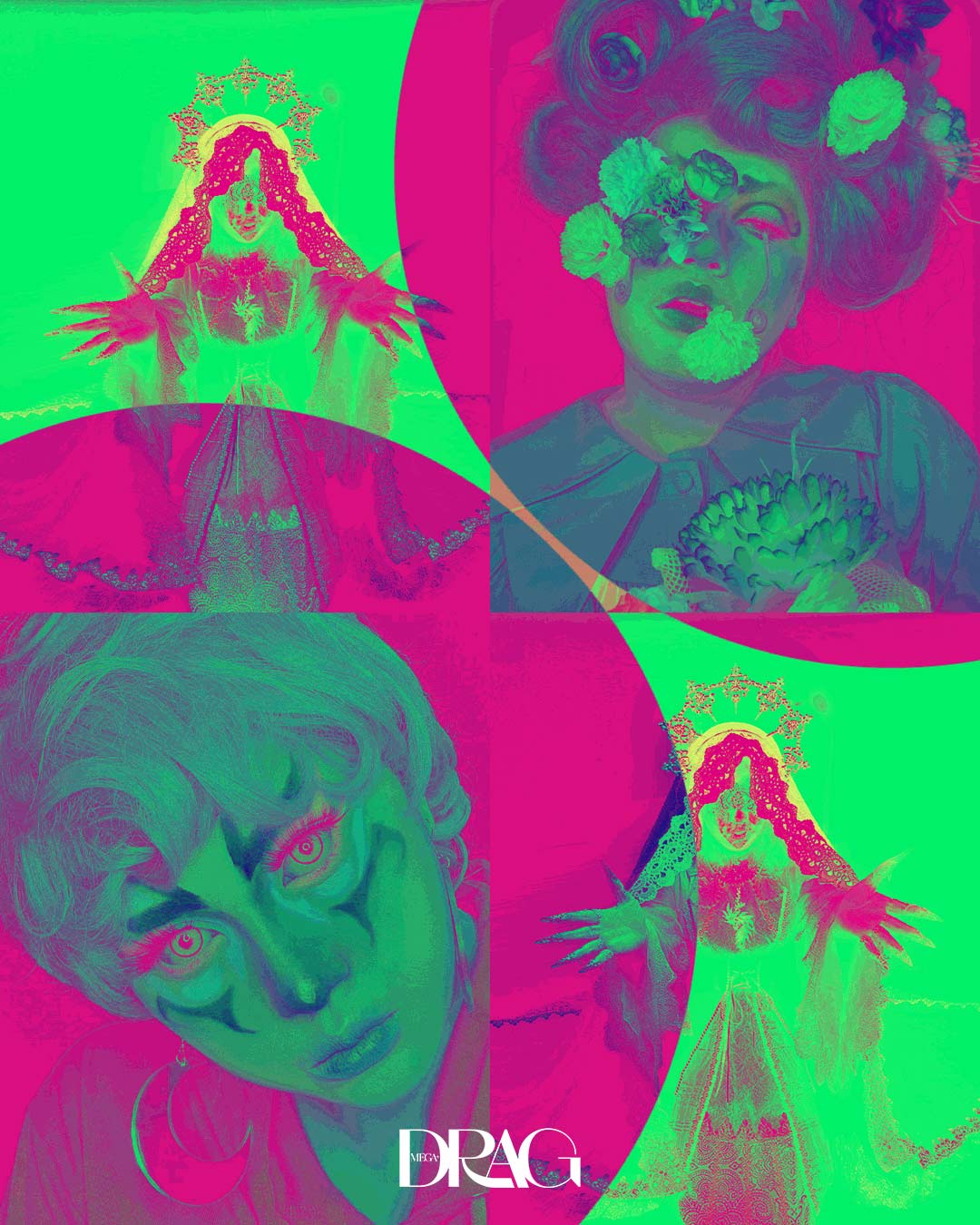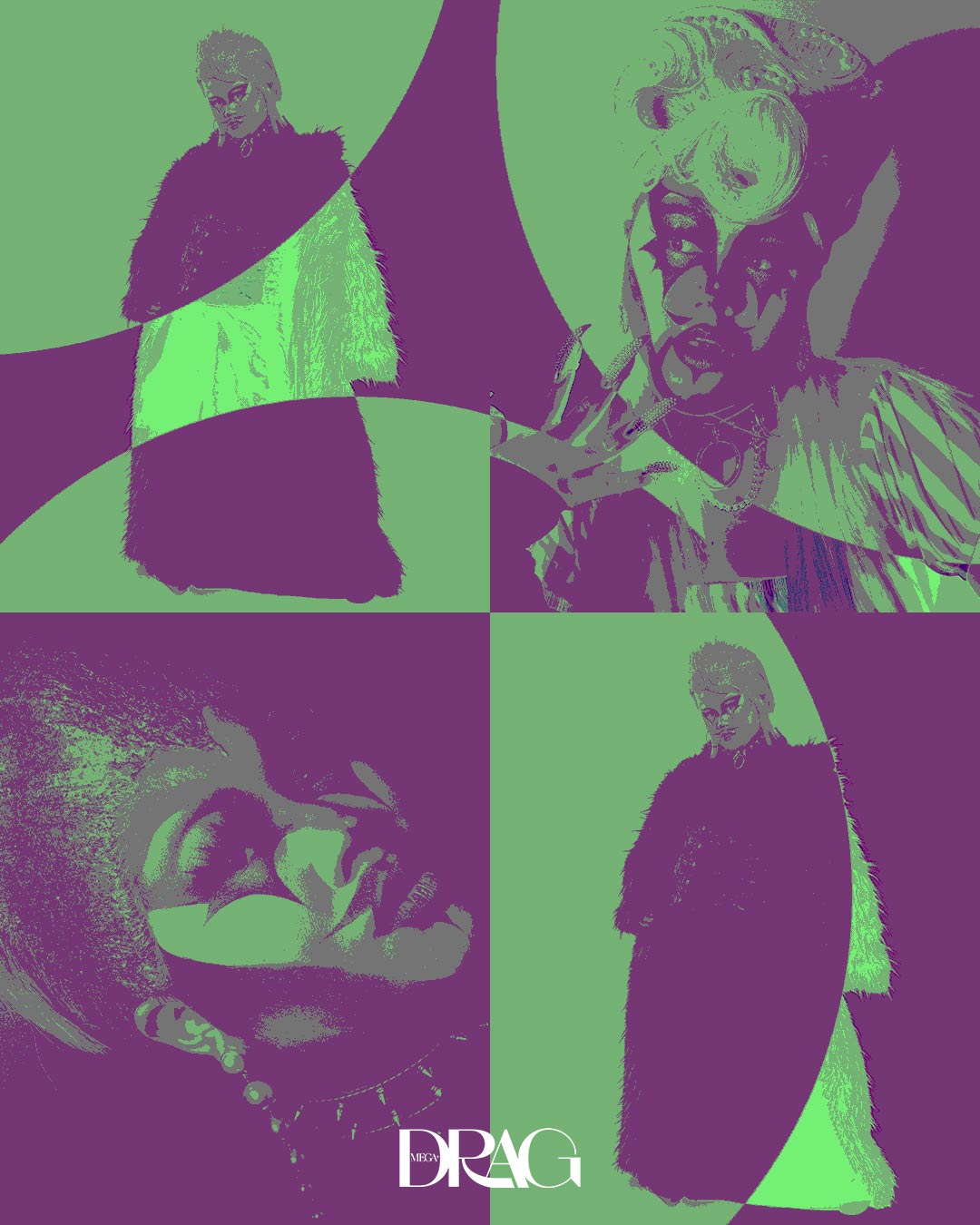It’s not anyone’s place to gatekeep something creative and exploratory, a medium that champions empowerment and self-love. Drag is art, and art is for everyone
Remember Drag Race’s early seasons? They were almost exclusive to cisgender gay men. RuPaul caused an upset when he infamously said, “Drag loses its sense of danger and its sense of irony once it’s not men doing it because at its core it’s a social statement to a male-dominated culture. So for men to do it, it’s really punk rock because it’s a real rejection of masculinity.” He apologized for the controversial statement, and the show has seen some diversification since then. Drag is, after all, a performance where anatomy is entirely irrelevant.
RELATED: Meet The First Official Contestants Of Drag Race Philippines
To fully get drag means rejecting conventional ideas of manhood or womanhood. It is intended to cause bewilderment as it dismantles what we were taught from the beginning. The prevalence of drag culture will help bring a closer understanding and acceptance of the beautiful gender spectrum.
Let’s meet these groundbreaking artists that prove that drag is for everyone:

Drag name: Captivating Katkat
Gender Identity / Pronouns: Transwoman / she, her
When and how did you realize you wanted to answer the calling of drag?
I started drag in 2000. I was asked to audition in a theatre bar in Malate called Politixx. I didn’t have any idea what drag was back then. I was amazed the first time I saw drag queens; their looks, makeup, and costumes. At that moment, I knew I wanted to be a drag queen too!
Best and worst moments in drag
So many best moments! My drag has been recognized locally and internationally. I got the opportunity to work with famous personalities, exposure on tv, features in magazines, got awards, and most of all, I made my family proud, especially my mom.
And my worst? Of course, bashing, but I get used to it sometimes.
What’s your message to drag fans?
Always support Pinoy drag queens like how we support Drag Race queens because our Drag Race idols were once local queens too.

Drag name: Inah Demons
Describe your drag persona.
The description will only make sense to chronically-online people, but I semi-ironically call myself the ‘Tumblr sexyman of drag’ because my style is somewhat alternative and theatrical. Inah Demons is basically if the devil turned into a muppet or was a character from a Disney Channel Original Movie; there’s some element of horror or sinister/villain vibes, but also very campy and kitschy. It’s like if a jester from the renaissance era was possessed by a demon.
What inspires your drag persona?
I try to pull inspiration from outside the drag scene as much as possible because I don’t want to essentially be a carbon copy of another drag artist–though the club kid scene was a big inspiration when I started. Club kids like Leigh Bowery, Hungry, and Sussi were my makeup inspirations when I started. Regarding my persona, I gravitated towards things like old depictions of demons or vintage circus posters. I’m also very inspired by the punk scene and glam rock; big hair, flashy outfits, and outrageous makeup!

Drag name: Samael Says C***
Gender Identity / Pronouns: Trans non-binary / he, him
What is drag?
To me, drag pushes the limitations of gender and self-expression. It’s about using personal experience to send a message of optimism and hope for the future—a better future for the ones who will come after us. Drag is resistance, drag is power, and drag is pushing boundaries. There is no limit to drag so long as it isn’t hurting anyone.
Best and worst moments in drag
I think the best moment for me in drag was being able to perform for the first time. It wasn’t even face-to-face, but the joy of performing online and being considered a drag artist gave me such a thrill. People were nice and accepting of me, and I felt validated, especially after all these years of hesitating about whether or not I could do drag.
The worst moments for me aren’t too bad, but it’s usually the comments I get after I perform. I have a naturally high voice and feminine gender expression, so people don’t immediately get my identity as a trans non-binary individual. People often ask me if I’m a girl or say they didn’t know women could do drag. Then I have to get into the process of saying I’m not a woman, explain the idea of being non-binary, and finally just walk away, accepting that it’s hard to teach SOGIESC when people are drunk and wasted. Still, it doesn’t hurt to try.

Drag name: Alpha Venti
Gender Identity / Pronouns: Non-binary, genderfluid / he, him
When and how did you realize you wanted to answer the calling of drag?
I realized I wanted to answer the calling of drag when I came to terms with my gender identity in late 2019. For a time, I had identified more as an AFAB drag queen with a highly feminine persona, but it often felt too limiting and like I had too much pressure to live up to a standard already rigged against me. At that time, I discovered the beauty of drag kings like Landon Cider and realized, “Yes, that’s exactly what I want to be.” Eventually, I realized that my being a drag king could inspire other people who look like me and resonate with me. I truly wanted to stick to that calling because it meant that I could be a role model for younger queer kids who wish to explore their identities.
Anything you want to say to AFAB, trans, gender non-conforming queer kids who want to do drag?
I’m here to say that you should do it. Try drag for a night out, or do a little drag makeup look at home, and you’ll understand the power that comes when you see the transformation of becoming the truest version of yourself. You could identify as a queen, as a king, or as whatever—your drag is yours to cherish and yours to create because drag is an art form that should wholeheartedly belong to you. No one gets to dictate how you should do it or how “correct” your drag is. At the same time, never forget the roots of drag as a radical art form. Use your drag for good.
Our heteronormative-centric society dramatically influences how we perceive gender. The rise of drag into social consciousness has challenged outdated gender stereotypes and advanced the acceptance of the LGBTQIA+ community. Queer people who fall outside the socially constructed gender binary struggle to find a comfortable place in society. Drag is a way to break and deconstruct the pillars of gender; a powerful way to affirm and empower their identities.







